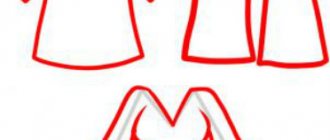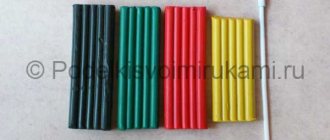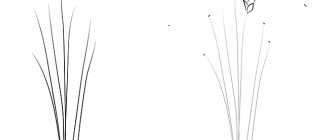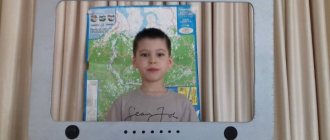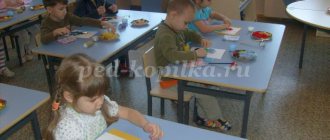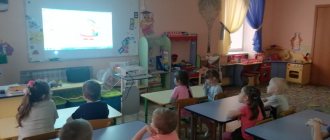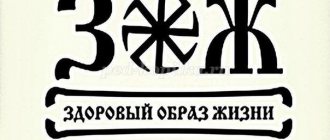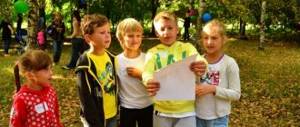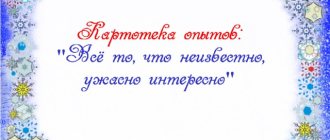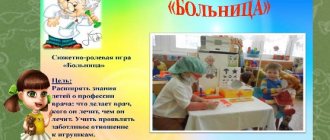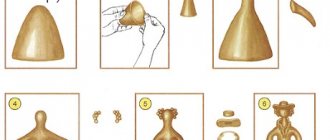The topic is self-education of art teachers.
Vechkanova N.N. – art teacher
Self-education topic:
“Application of new pedagogical technologies
with the aim of
development of creative abilities
students' personalities"
Every teacher raising a new generation must seriously think about how to develop the creative and artistic abilities inherent in a person, strengthen spiritual strength, and help him find himself.
In the psychological and pedagogical literature, more and more attention is paid to the search for methods and teaching techniques that contribute to more successful development of artistic abilities and ensure the activation of mental and practical activity of subjects of the educational process. It is necessary to develop creative activity in people from childhood, from school. In this matter, fine art and music provide great assistance - subjects that can use opportunities for the real development of the creative abilities of the child’s personality, his creative individuality.
In accordance with the Law of the Russian Federation “On Education” in the system of education, enlightenment and culture, there is currently a need for new approaches to teaching the arts in secondary schools that can successfully solve the modern problems of art education, aesthetic education and One of the main tasks of the modern school is the formation the new generation has the ability to act and be successful in a dynamically developing modern society.
All this makes us think about how to make the learning process effective in accordance with the requirements of life.
In modern schools, numerous innovative technologies are used to solve this problem: LOO, gaming technologies, project method, collaborative learning, individual and differentiated learning, modular learning and others.
The application of these innovations is unthinkable without the use of new information and computer technologies. Computer educational technologies are the process of preparing and transmitting information to subjects of the educational process, the means of which is interactive equipment.
To develop artistic abilities in fine arts lessons, I believe it is advisable to introduce ICT. Since each lesson in the fine arts program is built on the visual, the use of computer capabilities and interactive equipment allows children to open the confined space of the classroom and immerse themselves in the world of art; provides the opportunity to play the role of an artist, designer and architect, without requiring the availability of materials that are sometimes inaccessible to children. It should be borne in mind that the computer does not replace the teacher, but only complements him.
As a result, I identified forms of application of computer technology in art lessons:
- use of media resources as a source of information;
- computer support for teacher activities at different stages of the lesson;
- organization of project activities for students.
In the course of teaching activities, I found out that the use of media resources as a source of information increases students’ interest in the work of artists, trends in art, and allows them to use works of literature and music in the classroom in addition to works of art. But using disks in full is impractical, since often these bright and spectacular encyclopedias do not take into account the age characteristics of children, the rules and laws of constructing the educational process. Therefore, it is necessary to take into account that it is advisable to use videos from these discs only in fragments, immediately after presenting a new topic to comprehend the knowledge gained, or at the end of the lesson to consolidate it.
The use of computer technology can be carried out not only by the teacher in preparation and during the lesson, but also by students in the process of their work. One of the ways is to organize student project activities, formatted in the form of presentations, printed messages in the form of abstracts, reports, etc. .
The advantages of using ICT in teaching fine arts are obvious:
- introduction to any topic can be accompanied by showing video clips and photographs;
- widely use the display of reproductions of paintings by artists;
- demonstrate graphic material (tables, diagrams);
- “visit” the largest museums in the world;
- listen to recordings of songs;
- intensify the educational process.
So, new information technologies are the process of preparing and transmitting information to students via a computer with appropriate hardware and software. This allows students to develop artistic and creative abilities and solve new, previously unsolved problems. But we must not forget the main thing: no best and most modern machine can replace the “live” communication between a teacher and a student.
Also in my teaching practice, I actively use gaming pedagogical technologies. The implementation of gaming techniques and situations in fine arts lessons takes place in the following main areas:
— a didactic goal is set for students in the form of a game task;
— educational activities are subject to the rules of the game;
- educational material is used as its means;
— an element of competition is introduced into educational activities, which transforms a didactic task into a game one;
— successful completion of a didactic task is associated with the game result.
Based on the nature of the pedagogical process, the following groups of games are distinguished: educational, training, controlling and generalizing;
cognitive, educational, developmental;
reproductive, productive, creative;
communication, diagnostic, etc.
The specifics of gaming technology in the classroom are largely determined by the gaming environment: there are games with and without objects, board-printed; computer, as well as with various means of transportation.
The purpose of gaming technologies in art lessons is to solve a number of the following problems:
— didactic (broadening horizons, cognitive activity; formation of certain skills and abilities necessary in practical activities, etc.);
— developing (development of attention, memory, speech, thinking, imagination, imagination, creative ideas, skills to establish patterns, find optimal solutions, etc.);
- educational (nurturing independence, will, formation of moral, aesthetic and ideological positions, fostering cooperation, collectivism, sociability, etc.);
- socializing (familiarization with the norms and values of society; adaptation to environmental conditions, etc.).
Thus, I believe that the use of game-based pedagogical technologies in art lessons should be organized on the basis of a competent approach, which asserts the priority role of competencies as the most important indicators of the quality of education.
One of the most important aspects of the modern education system is the construction of the educational process on the educational dialogue between student and teacher, which is aimed at the joint design of program activities. In any academic subject, especially in the fine arts, the student is selective about the content, types and forms of educational material. Not all concepts are learned by children, but only those that are part of their personal experience. Therefore, the starting point for organizing art lessons is the actualization of subjective experience, the search for connections. In student-centered learning, it is important to take into account the student’s selectivity, his motivation, and the desire to use the acquired knowledge independently, on his own initiative, in situations not specified by training.
In art lessons, I try to initiate the subjective experience of the children and develop the individual abilities of each student. It is important to recognize individuality, originality, and self-worth, especially in those who do not see expressed creative skills in themselves. It is important to give children the opportunity to freely choose elements and types of work, to allow them to independently decide, to realize themselves in one or another type of activity, of course, first introducing them to various types of creativity. And then we, teachers, will not hear the phrases from children: “I can’t draw,” “I don’t like to draw,” etc. since art can sometimes be a very difficult subject, and therefore unloved by certain groups of children who, for example, can only think in precise categories, but do not know how to fantasize and express themselves on paper. In such cases, a person-centered approach is very helpful.
In my lessons, I use such student-oriented methods as the method of dialogue, when the teacher and student are interlocutors; the method of comparisons and associations,
when each student can express his or her association regarding a given situation; inventing an image or situations; individual work.
Thus, the use of all the above educational technologies in my pedagogical practice will allow us to identify and develop students’ artistic abilities, the ability to complete original creative tasks, as well as cultivate a creative attitude towards any activity.
Innovative pedagogy requires a rethinking of the entire pedagogical process, both teaching and upbringing, and a view of the student as a subject of activity.
